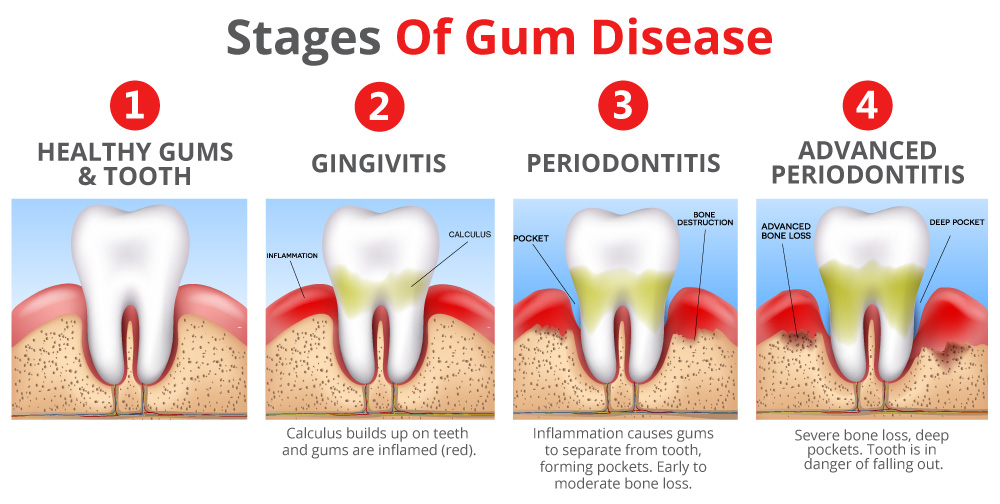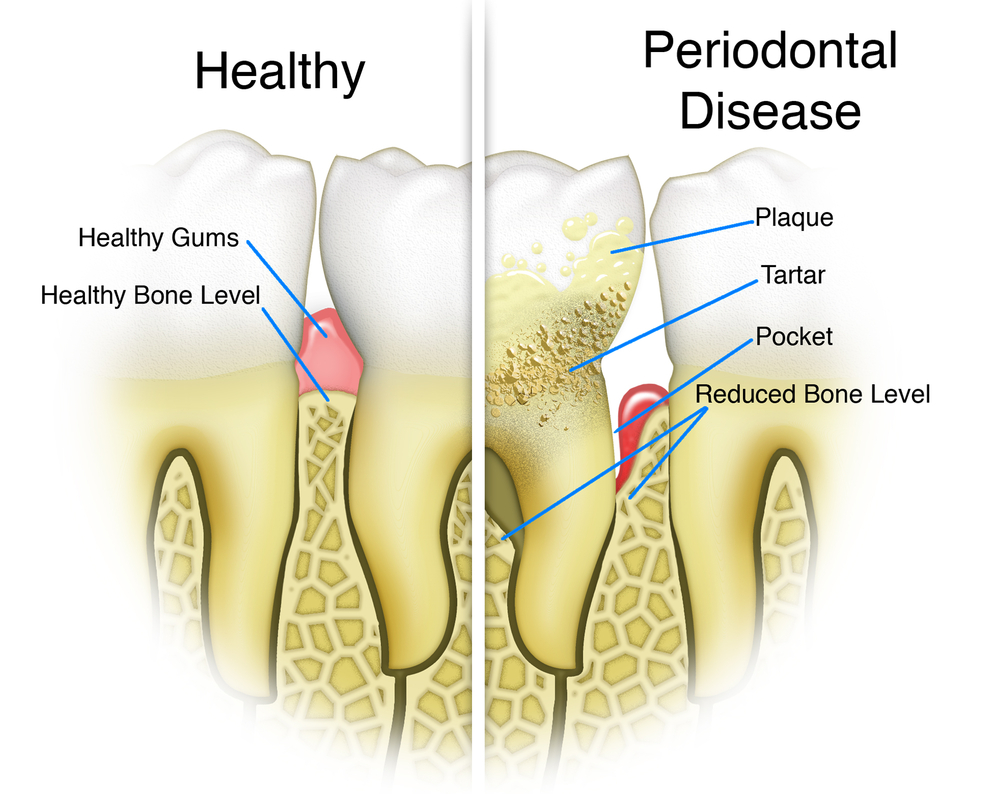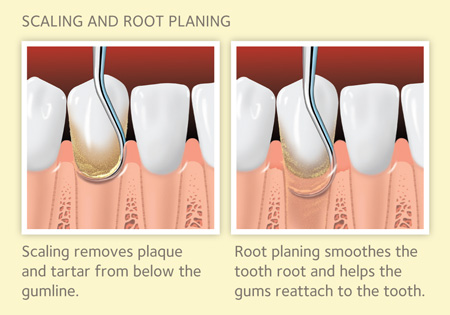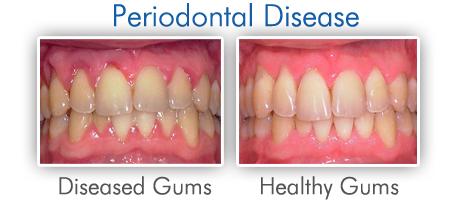Routine dental cleanings are done to prevent gum disease and maintain optimal oral health. But, what happens when you fall off of the prevention wagon or when you have a troublesome area of periodontitis (aka gum disease)? If you have areas of moderate to heavy calculus build-up, deep gum pocketing, inflammation, and/or bleeding, your dental hygienist may recommend scaling and root planning.
To understand why scaling and root planing is sometimes necessary, it's important to understand the different levels of gum disease. Gum disease can be split into two main categories: gingivitis and periodontitis. Each category can be broken down into mild, moderate, and severe forms. All forms of gum disease are influenced by a variety of factors. Oral hygiene, diet/nutrition, genetics, drug and alcohol use, frequency of routine dental care, and systemic health conditions all play a role.
Gingivitis is defined as inflammation of the gum tissue without loss of supporting structures such as bone, periodontal ligaments, and marginal gum tissue. According to the American Dental Association, almost 100% of people will experience gingivitis in their lifetime. Poor plaque control is one of the most common causes of gingivitis. Gingivitis is reversible and can typically be treated with routine dental cleanings, improved oral hygiene, and over-the-counter products. If left untreated, gingivitis can progress into periodontitis.
Periodontitis is defined as inflammation of the gum tissue and support structures that has resulted in permeant damage and loss of tissue. Severity is determined by the degree of bone loss, tooth mobility, and tissue destruction. Periodontitis is typically a multifactorial process and must be addressed promptly to achieve the best possible outcome. This is where scaling and root planing comes in!
Scaling and root planning is often referred to as a "deep cleaning" because it is more involved than a routine cleaning. Often times, this means splitting the cleaning into multiple appointments. Your dental hygienist will evaluate and make a treatment plan by quadrant (upper right, lower right, upper left, lower left) to determine appointment length. You can usually plan on at least two 90 minute appointments to complete your treatment, sometimes more. You may need to be numb for the procedure to allow for all of the plaque, calculus, and debris to be removed comfortably. Don't fret! Different types of anesthetic (some topical and needleless) can be used. Once your comfort needs have been met, your dental hygienist will remove the plaque, calculus, and stain using an ultrasonic scaling device and hand scalers. The ultrasonic scaler works quickly to access hard to reach areas, remove caked on build-up, and help irrigate inflamed gum pockets. It also helps kill bacteria as it cleans which improves healing outcomes. Hand scalers leave a smooth, healthy finish to allow for healing. During the cleaning process, as well as when it is complete, it is very important to practice excellent oral home care to allow the gum tissue to heal. You will typically return in 6-12 weeks for a follow up appointment. At this appointment, your dental hygienist will likely do a thorough periodontal maintenance cleaning and evaluate overall healing. He or she will also determine what type of routine cleaning you need moving forward.
Stopping progressive gum disease in it's tracks is the only way to prevent further destruction. Calculus build-up under gum tissue creates a similar situation to a splinter buried deep in a finger. If you let the splinter stay stuck under the skin, an infection develops and it will continue to worsen until the splinter is removed. The calculus must be removed for the gum tissue to heal to the best of it's ability. The sooner you get started, the better the outcome. You'll never regret taking steps towards better health.




